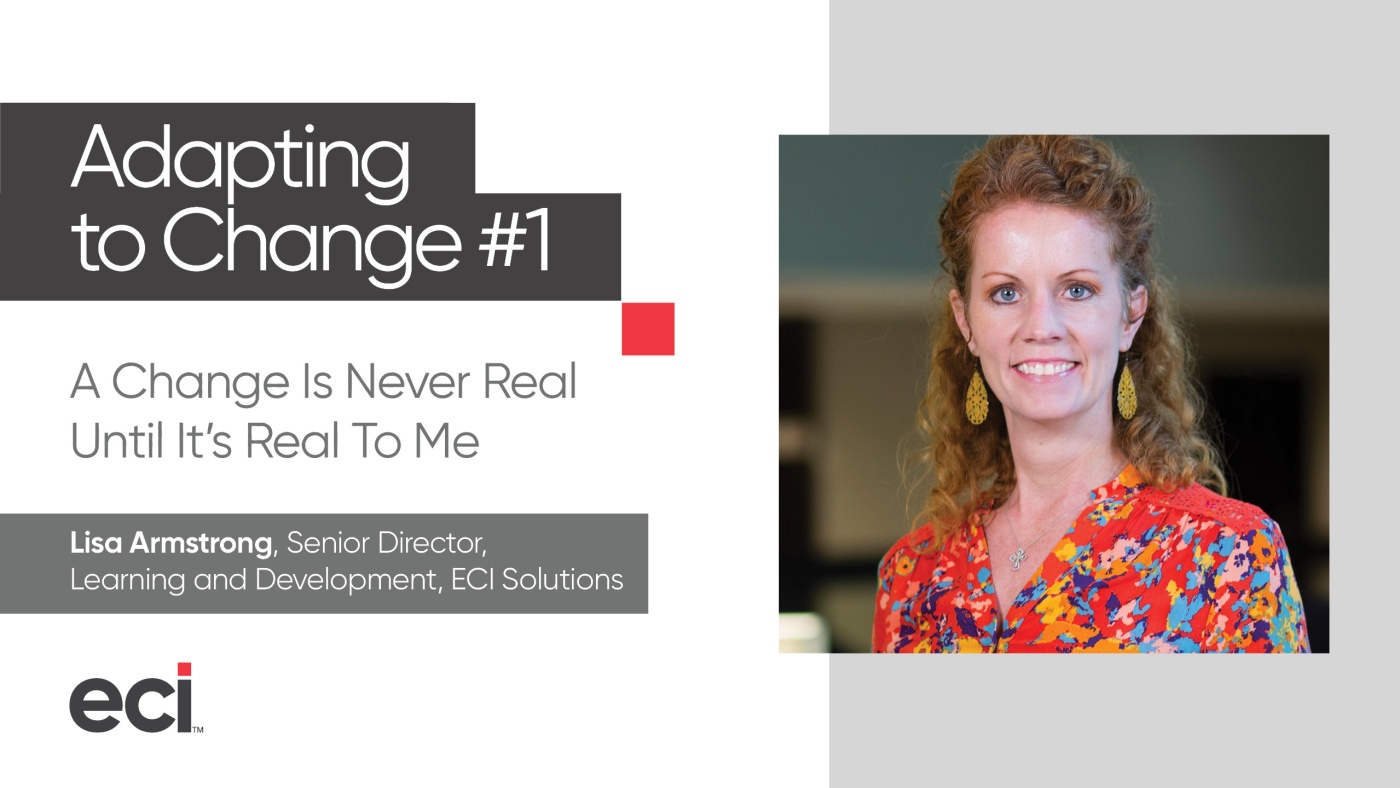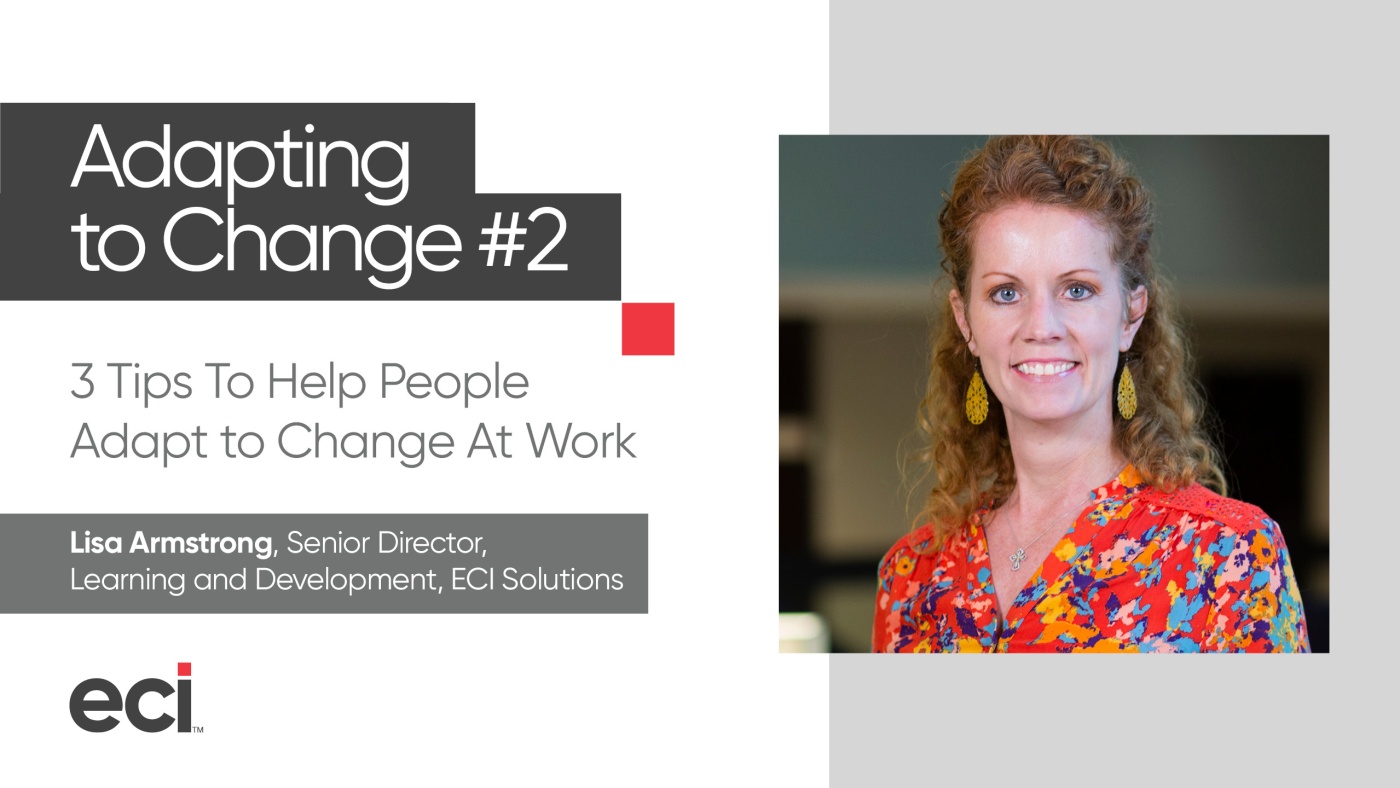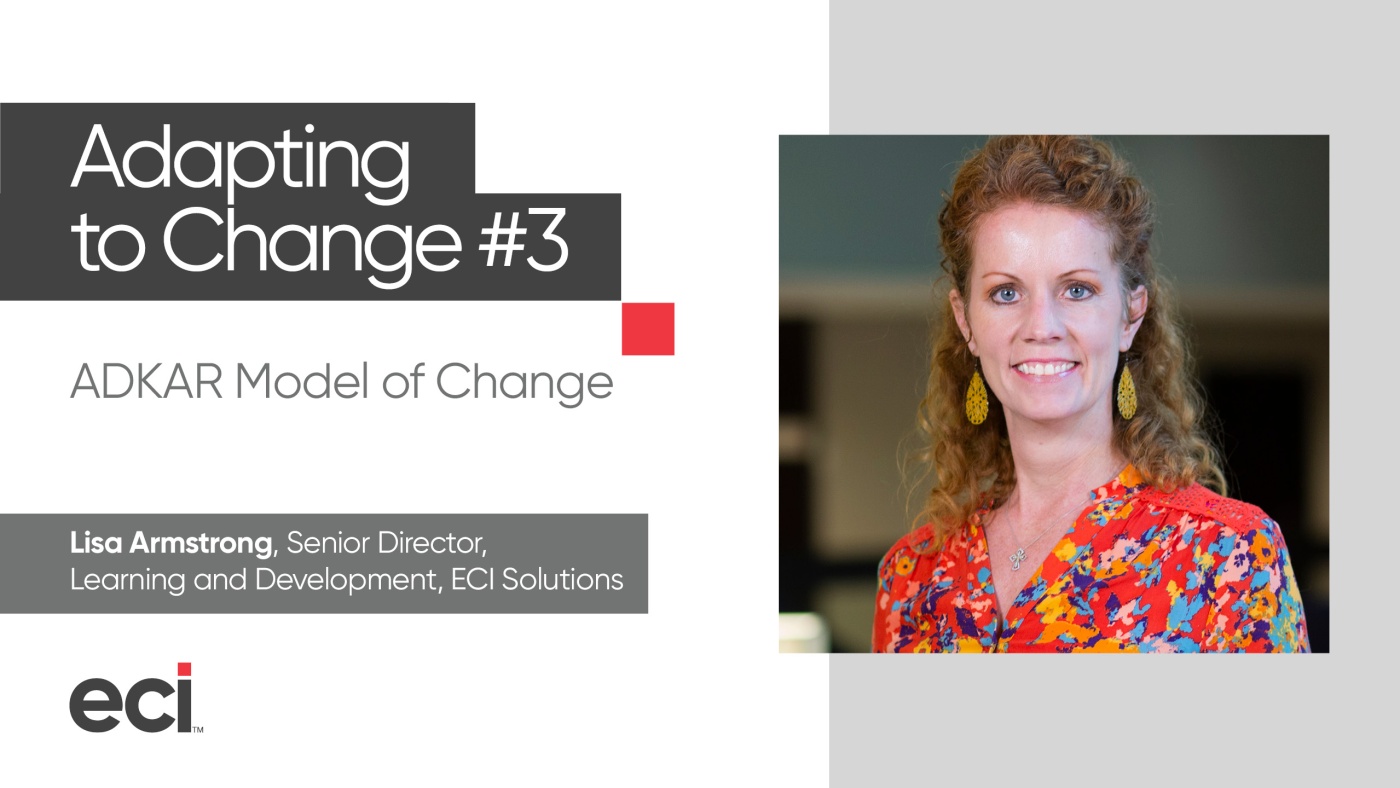Home > Blog
Read Time — 3 minutes
Adapting to Change: What to Expect

A million different changes are going on all around us, but we don’t pay much attention until it affects the way we work or live. A great example of this is a “Road Work Ahead” sign. We see so many of them, we don’t give them a second thought until we are stuck in a traffic jam. At that moment, this specific change is important to us.
Whether it is a new process, a new manager, or new software, having the right tools and knowledge in place will set you up for successful change management in the workplace.
First, change is emotional. People move their way through an emotional response to the change curve starting with shock and denial and hopefully through to enthusiasm and commitment. How quickly they work their way through this curve may be dependent on a few factors including:
- How much does the change impact on the way they work?
- How soon did they learn about it compared to when the change is taking place?
- What is their risk tolerance?
- How fatigued are they from other changes?

If you are adapting to a change or launching a change, it is helpful to understand that there is more than one way to adapt to a change.
3 tips for adapting to change
- Give yourself some grace - When you get frustrated or overwhelmed, take some time to acknowledge how you are feeling and try to understand why you are thinking that way. Using the Emotional Response to Change curve to figure out where you are can be useful.
- Reflect – Think about a past change you were worried about that ended up being a great thing. Reflecting on this, we are reminded that not all change is negative.
- Write down questions – Compile a list of questions and meet with appropriate people to ask those questions to better understand the “Why” behind the change.

Now let’s focus on the “people” side of change. There is a great change management model that managers can use called ADKAR which is an acronym for the five outcomes that people need to achieve for a change to be successful. So, let’s break it down.
What is the ADKAR change management model?
- Awareness – This is perhaps the most important step as it all starts here and is critical to get buy-in to do anything differently. In this stage, you need to understand the “why” behind the change. Why this change is necessary? Why does it need to happen now? Why can’t it be done the old way?
- Desire – This is the “What’s in it for me?” stage and is often the longest stage to complete. What is important to note is that it is not about loving the specific change but being willing to try.
- Knowledge – Do you have the skills and competency to carry out the change successfully? This may include training, reading a book, attending a class, or any other actions that will improve your own skills so you can act on the change.
- Ability – Different from having the skills, this phase is ensuring you can get the change done. Are there any roadblocks that would prevent you from executing the change?
- Reinforcement – As the final step, you will get into a rhythm where change is the new norm and little wins are celebrated.
When you are rolling out a change or receiving a change, following this process will ensure you are set up for success but it is linear, so you need to start with “awareness.”

As a manager or employee, it is important to understand that everyone works through the change curve differently. Some will grab awareness quickly and get stuck at desire. Some will get awareness and desire quickly but get stuck at Knowledge. We cannot expect each person on the team to respond the same way.



